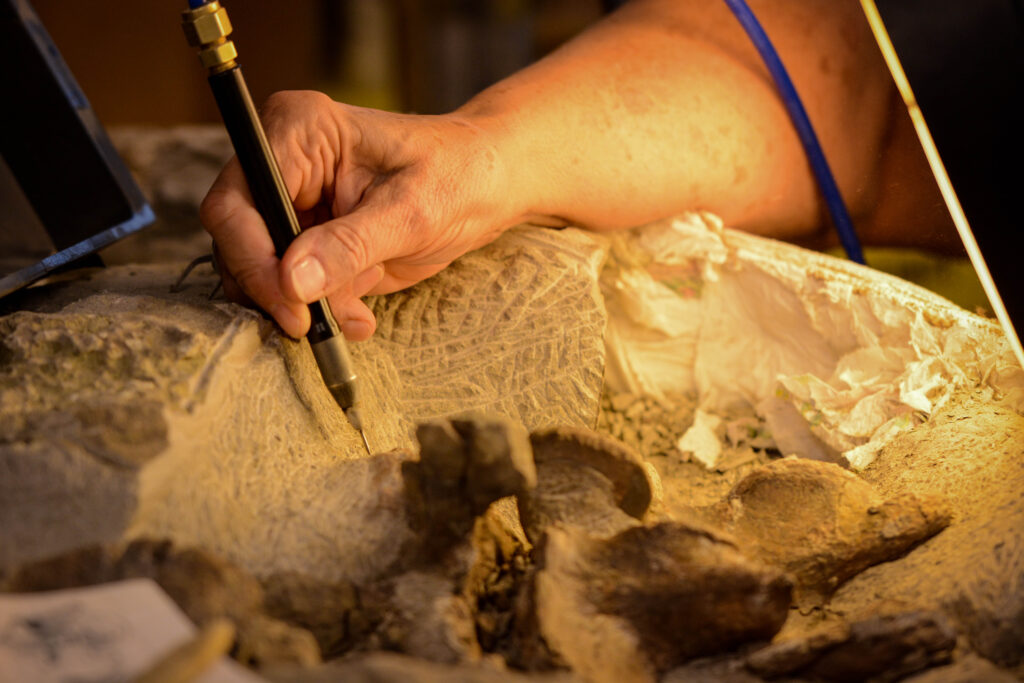The field of paleontology has historically been dominated by men, but women have been making extraordinary contributions that are reshaping our understanding of prehistoric life. These pioneering female scientists aren’t just breaking gender barriers—they’re breaking ground as they excavate fossils and unearth new species that help us piece together Earth’s fascinating history. Their discoveries span continents and geological periods, revealing secrets about everything from dinosaur behavior to early human evolution. Let’s explore the groundbreaking work of five contemporary women paleontologists who are transforming the field through their remarkable discoveries, innovative methods, and commitment to scientific excellence.
Dr. Mary Schweitzer: Revolutionizing Dinosaur Tissue Analysis

Dr. Mary Schweitzer has fundamentally changed our understanding of fossil preservation with her controversial but groundbreaking discovery of soft tissue in dinosaur fossils. In 2005, she identified what appeared to be blood vessels and cellular structures in a 68-million-year-old Tyrannosaurus rex specimen, challenging the long-held belief that such organic materials could not survive fossilization processes. Her pioneering molecular paleontology techniques have allowed scientists to extract and analyze proteins and potential DNA fragments from specimens once thought to contain only mineralized remains. Despite initial skepticism from the scientific community, Schweitzer’s meticulous research has been validated through multiple studies, opening entirely new avenues for studying extinct species. Her work bridges paleontology and molecular biology, creating opportunities to understand dinosaur physiology, metabolism, and evolutionary relationships in ways previously thought impossible.
Dr. Zeresenay Alemseged: Uncovering Human Origins

Ethiopian paleoanthropologist Dr. Zeresenay “Zeray” Alemseged has transformed our understanding of human evolution through her discovery of “Selam,” a remarkably complete 3.3-million-year-old skeleton of a juvenile Australopithecus afarensis. Found in Ethiopia’s Dikika region, this specimen—sometimes called “Lucy’s baby” after the famous adult specimen of the same species—has provided unprecedented insights into the growth patterns of early human ancestors. Dr. Alemseged spent five painstaking years personally extracting the delicate fossil from sandstone using dental tools and air scribes, revealing crucial details about spine development, shoulder blade positioning, and finger bone structure. Her work demonstrates how early hominids combined tree-climbing capabilities with emerging adaptations for upright walking, revolutionizing our understanding of human evolutionary development. Beyond her groundbreaking fieldwork, Dr. Alemseged advocates for African leadership in paleoanthropology research, establishing training programs and infrastructure to ensure local scientists can study their heritage.
Dr. Lida Xing: Documenting Ancient Life in Amber
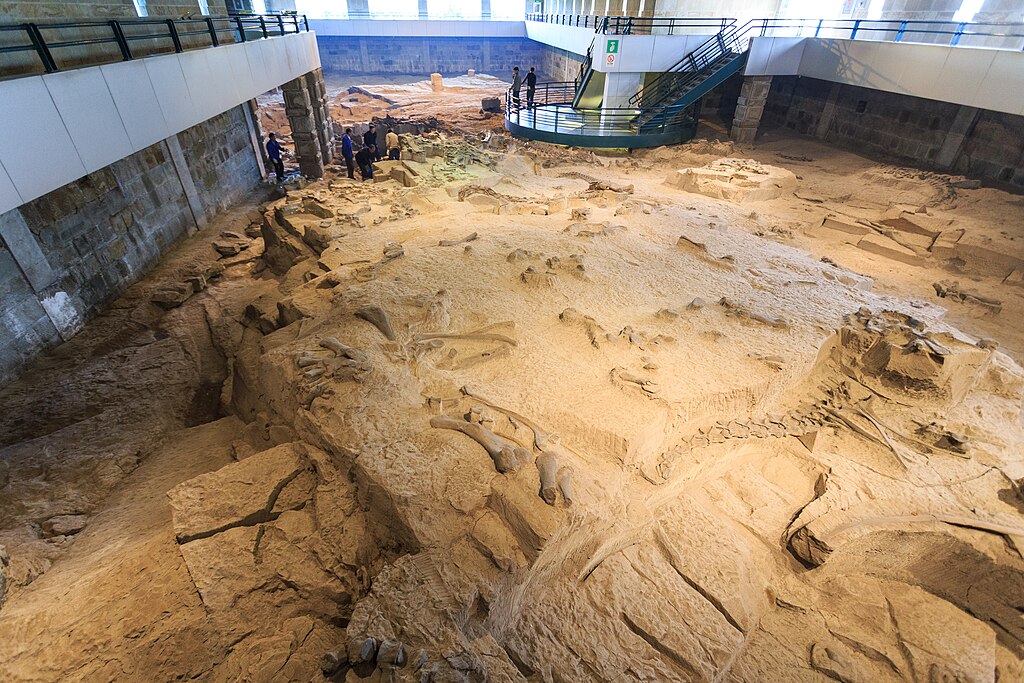
Chinese paleontologist Dr. Lida Xing has revolutionized our understanding of Cretaceous ecosystems through her extraordinary work with amber fossils from Myanmar. Her most sensational discovery came in 2016 when she identified a 99-million-year-old dinosaur tail complete with feathers preserved in amber—the first time such a specimen had ever been found. This remarkable fossil provided direct evidence of feathered dinosaurs and offered unprecedented details about feather structure and arrangement that cannot be observed in compressed fossil specimens. Dr. Xing has also documented numerous other creatures trapped in amber, including ancient birds, lizards, frogs, and insects, creating a comprehensive picture of Cretaceous forest ecosystems. Her interdisciplinary approach combines traditional paleontological methods with cutting-edge technologies like micro-CT scanning and synchrotron X-ray imaging to examine specimens without damaging the amber. Despite facing challenges as a woman in a traditionally male-dominated field, Dr. Xing has published prolifically in top scientific journals and has become a leading voice in amber paleontology.
Dr. Victoria Arbour: Redefining Armored Dinosaurs
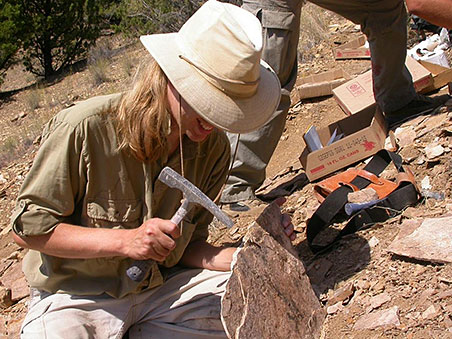
Canadian paleontologist Dr. Victoria Arbour has established herself as the world’s leading expert on ankylosaurs—the heavily armored dinosaurs known for their club-like tails. Her groundbreaking research has redefined our understanding of these fascinating creatures, including how they used their tail clubs as defensive weapons. Using engineering principles and advanced computer modeling, Dr. Arbour demonstrated that ankylosaur tails could generate sufficient force to break bones, settling decades of scientific debate about their function. In 2018, she described Zuul crurivastator, a remarkably well-preserved new ankylosaur species with intact skin impressions and armor, providing unprecedented insights into how these dinosaurs appeared in life. Dr. Arbour has also pioneered studies on ankylosaurian brain anatomy using CT scanning technology to create virtual casts of their brain cavities, revealing new information about their sensory capabilities and behavior. Her fieldwork spans multiple continents, and she has become an influential science communicator, making complex paleontological concepts accessible through museum exhibitions, public lectures, and social media.
Dr. Nizar Ibrahim: Desert Exploration and Spinosaurus Discoveries
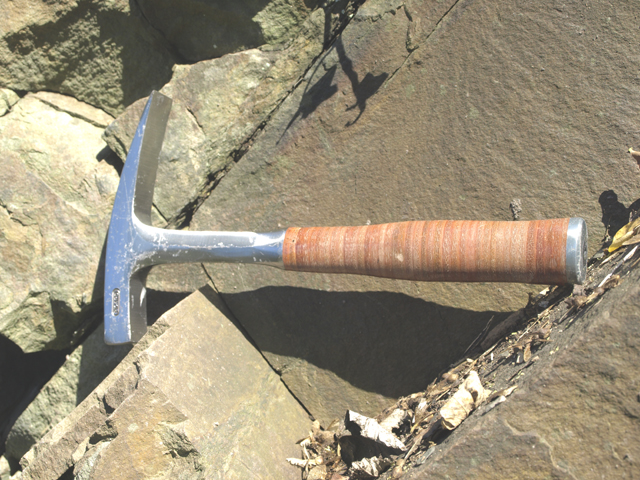
Moroccan-German paleontologist Dr. Nizar Ibrahim has transformed our understanding of North Africa’s prehistoric ecosystems through her groundbreaking work in the Sahara Desert. Her most significant contribution came with the rediscovery and reconstruction of Spinosaurus aegyptiacus, revealing it to be the first known semi-aquatic dinosaur. After years of painstaking detective work tracking down scattered fossil fragments across continents, Dr. Ibrahim led expeditions that uncovered enough of the skeleton to demonstrate this massive predator had dense bones for buoyancy, paddle-like feet, and a sail-shaped structure that likely served as a display feature. Her work shattered the conventional view that all dinosaurs were strictly terrestrial animals, opening new questions about dinosaur ecology and adaptation. Dr. Ibrahim conducts her research in extremely challenging field conditions, braving scorching temperatures, sandstorms, and political instability to document fossils that would otherwise be lost to erosion or illegal collection. Through extensive public outreach, including a popular TED Talk and National Geographic features, she has brought attention to both North African paleontology and the urgent need for fossil conservation in developing regions.
Breaking Barriers in Field Research
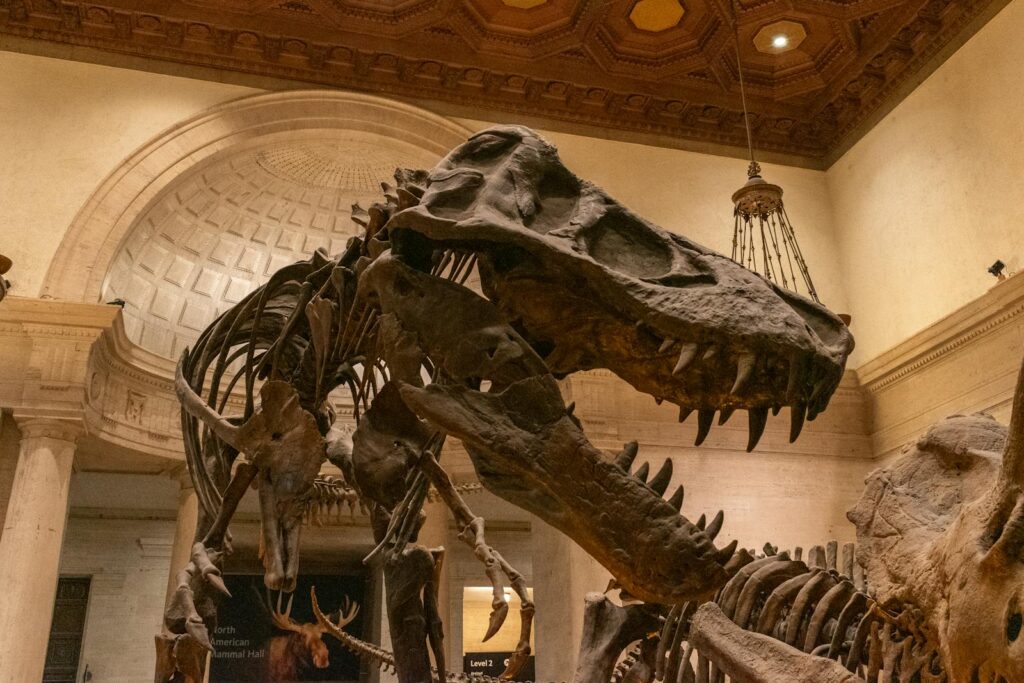
Women paleontologists face unique challenges during fieldwork expeditions, which often involve extended periods in remote locations with minimal facilities and physically demanding conditions. These pioneering scientists have developed innovative approaches to overcome logistical and sometimes cultural barriers, creating more inclusive field environments that benefit all researchers. Many have established field protocols that address safety concerns, harassment prevention, and accommodation of diverse needs, transforming the culture of paleontological expeditions. Their leadership has opened doors for more women to participate in fieldwork, particularly in regions where female scientists have traditionally been excluded from certain research locations. Several have organized women-led expeditions that demonstrate excellence in fossil recovery while mentoring early-career researchers in field techniques. By documenting their methodologies and experiences in professional publications, these trailblazers are creating a blueprint for more accessible and diverse field research practices across the geosciences.
Technological Innovation in Fossil Analysis
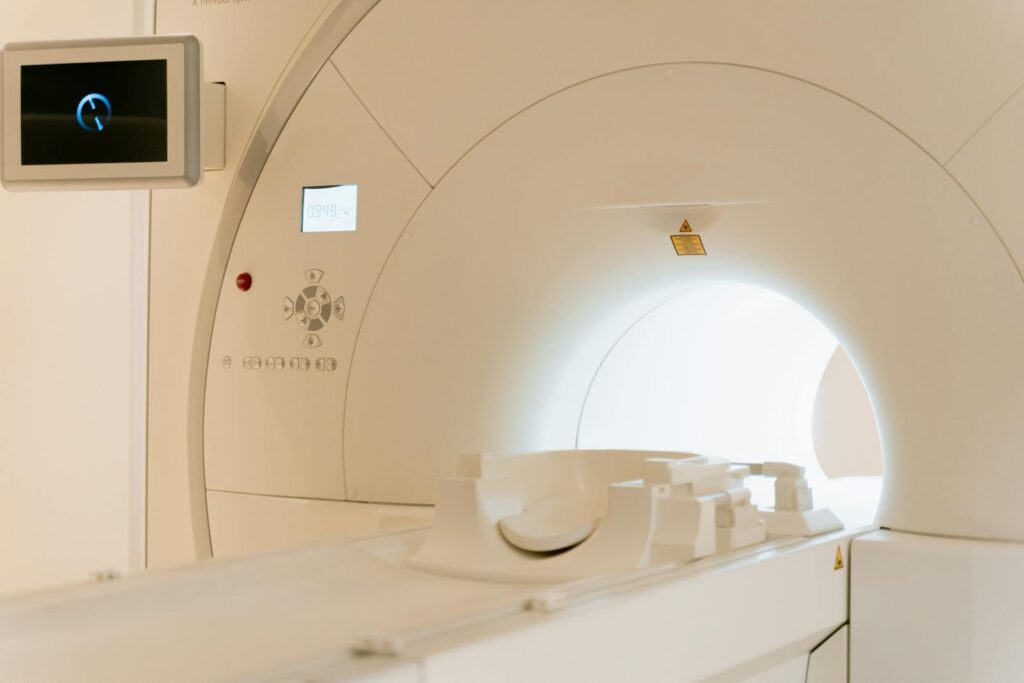
Women paleontologists have been at the forefront of integrating cutting-edge technologies into fossil analysis, revolutionizing what information can be extracted from ancient specimens. Many have pioneered the application of synchrotron imaging, which uses powerful X-rays to visualize internal structures of fossils without damaging them, revealing previously invisible anatomical details. Others have developed sophisticated computer modeling techniques that can simulate how extinct animals moved, providing insights into biomechanics and behavior that were previously impossible to study. The integration of molecular analysis techniques, including ancient protein sequencing and isotope analysis, has allowed these scientists to determine diet, habitat preferences, and evolutionary relationships with unprecedented precision. Several have established interdisciplinary collaborations with engineers, chemists, and computer scientists to develop custom tools and algorithms specifically designed for paleontological research questions. Their technological innovations have not only advanced their research but have created new methodological standards that benefit the entire field.
Rewriting Dinosaur Evolution

Female paleontologists have made crucial discoveries that have fundamentally altered our understanding of dinosaur evolution, challenging long-established theories about these ancient reptiles. Through meticulous anatomical studies of new specimens, they have identified transitional features that clarify evolutionary relationships between major dinosaur groups, resolving phylogenetic debates that persisted for decades. Several have documented evidence of feathers and proto-feathers in dinosaur lineages where they were previously unknown, expanding our understanding of when and why these structures evolved before they were adapted for flight. Their research on growth patterns in juvenile specimens has revealed how certain iconic dinosaur features—like horns, crests, and plates—developed throughout an individual’s lifetime and served different functions at different life stages. By applying cladistic analysis to newly discovered specimens, these scientists have identified previously unknown dinosaur species that fill critical gaps in the evolutionary record. Their collective work has transformed dinosaurs from being viewed as evolutionary dead ends to being recognized as highly successful, diverse animals that dominated terrestrial ecosystems for over 150 million years.
Changing Museum Representations
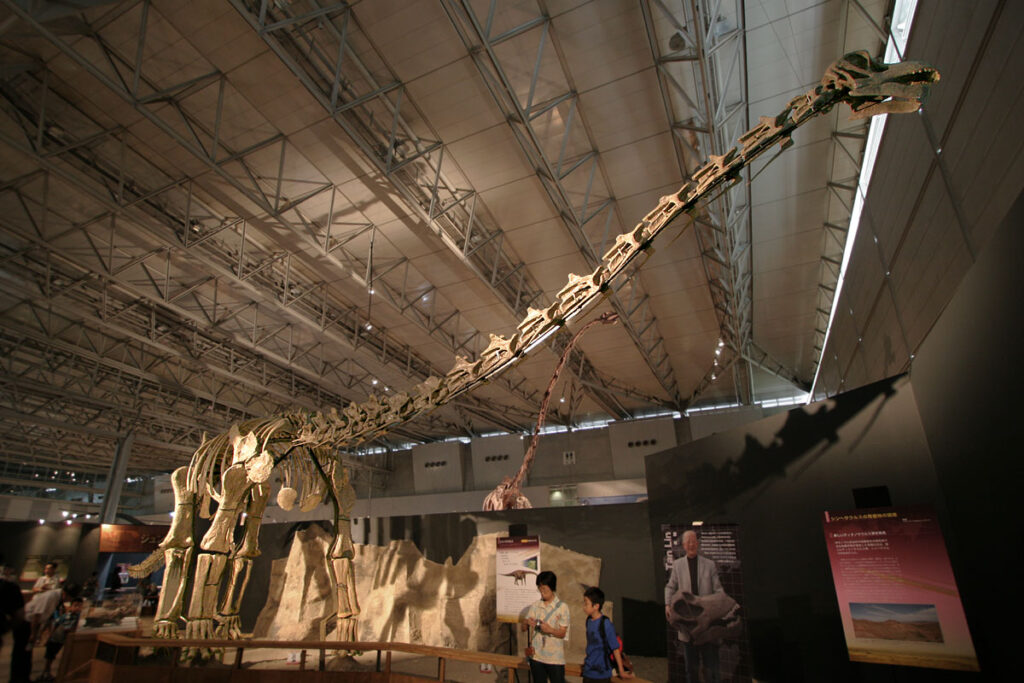
Women paleontologists have been instrumental in transforming how prehistoric life is presented in museums, moving beyond outdated representations to create more scientifically accurate and engaging exhibits. Many have consulted on major museum renovations, ensuring that displays reflect current scientific understanding rather than perpetuating misconceptions from earlier eras of paleontological research. Several have pioneered more dynamic posing of fossil mounts that illustrate behaviors and ecological relationships rather than the static, aggressive poses that dominated older exhibits. Their influence has led to more comprehensive contextual information in displays, including paleoecological reconstructions that show prehistoric animals in their environmental settings rather than as isolated specimens. By incorporating multiple lines of evidence—including trace fossils, plant remains, and geological indicators—these scientists have helped create more holistic representations of ancient ecosystems. Their commitment to accuracy extends to museum-commissioned artwork and sculptures, where they have advocated for representations that incorporate the latest evidence about coloration, skin textures, and feather arrangements.
Mentoring the Next Generation

Recognizing the importance of diverse perspectives in science, these pioneering women have created substantial mentorship programs and educational initiatives to support emerging paleontologists from underrepresented groups. Many have established formal mentorship structures within their institutions, providing guidance on everything from field techniques to grant writing to work-life balance in a demanding career. Several run summer field schools specifically designed to give students from diverse backgrounds hands-on experience with fossil excavation and preparation, creating pathways into the profession that might otherwise be inaccessible. Their commitment extends to developing open-access educational resources, including virtual field trips and online laboratory demonstrations, that make paleontological training available regardless of geographic or economic constraints. By sharing their journeys—including the challenges they’ve overcome—these scientists provide crucial role models for young women interested in STEM careers. Their mentorship efforts have created a growing network of women paleontologists who support each other professionally, leading to more collaborative research and a more inclusive scientific community.
Public Engagement and Science Communication

These groundbreaking scientists have excelled at making paleontology accessible to the public through innovative communication strategies that bring ancient worlds to life. Many have developed significant social media presences where they share field updates, laboratory discoveries, and behind-the-scenes glimpses of paleontological research that reaches audiences far beyond academic circles. Several have partnered with documentary filmmakers to create compelling narratives about prehistoric life, ensuring scientific accuracy while participating in productions that capture public imagination. Their communication extends to writing popular science books that translate complex concepts into engaging stories accessible to non-specialists, often highlighting the detective work and problem-solving inherent in paleontological research. By participating in public lectures, science festivals, and museum events, they create opportunities for direct dialogue with communities about Earth’s history and the scientific process. Their commitment to public engagement has transformed paleontology from being perceived as a niche academic pursuit to being recognized as a dynamic field with relevance to contemporary issues like climate change and biodiversity.
Addressing Scientific Colonialism
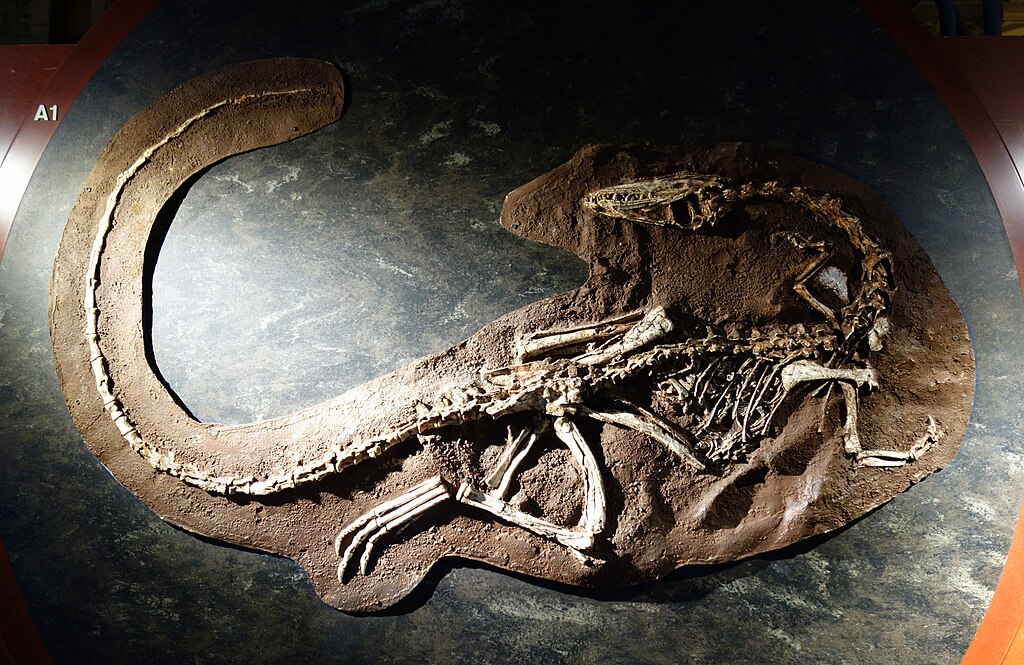
Women paleontologists have been at the forefront of efforts to address the field’s colonial legacy, working to develop more ethical and equitable approaches to international research. Many have established collaborative partnerships with local scientists in fossil-rich regions, ensuring that expertise and credit are shared rather than concentrated in Western institutions. Several have advocated for stricter protocols regarding fossil repatriation, working to return significant specimens to their countries of origin and supporting the development of local museum infrastructure to house them properly. Their research grants often include funding for capacity building in host countries, including training for local technicians, equipment donations to regional universities, and support for developing national policies on fossil protection. By publishing with local collaborators and ensuring they receive appropriate recognition, these scientists are helping to dismantle hierarchies that have historically marginalized researchers from the Global South. Their commitment extends to documenting and respecting indigenous knowledge about fossil sites, acknowledging that Western science is not the only valid framework for understanding Earth’s history.
The Future of Women in Paleontology
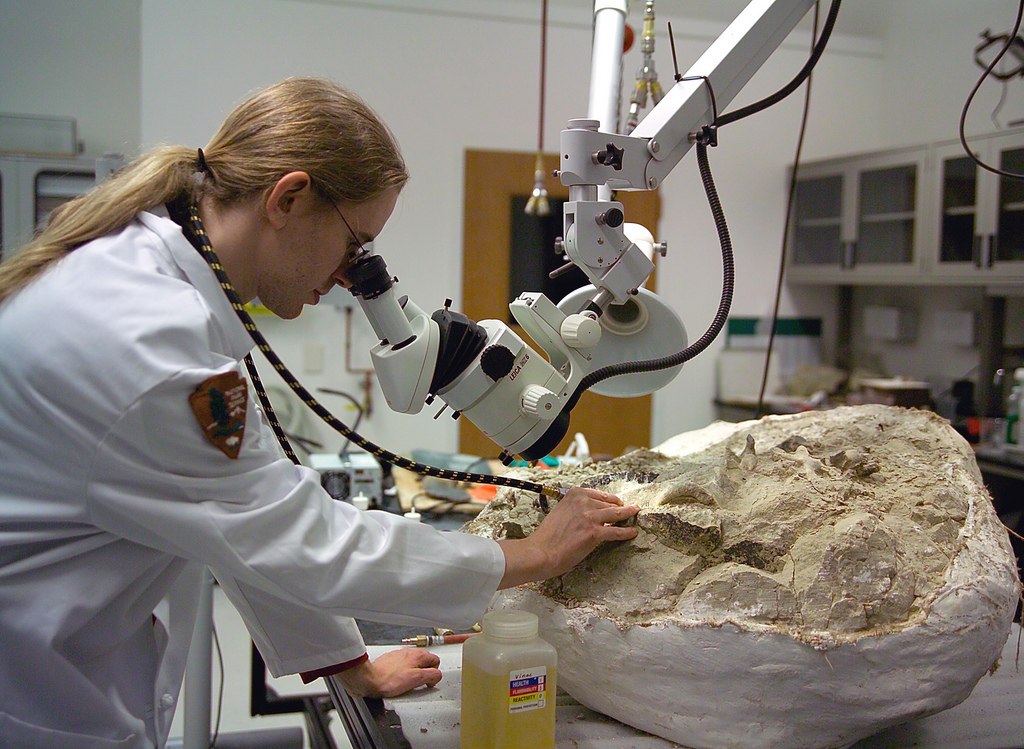
The groundbreaking work of these five paleontologists represents a significant shift in the gender dynamics of the field, but substantial challenges remain for achieving true equity. Recent surveys indicate that while women now comprise nearly half of paleontology graduate students, they remain underrepresented in senior faculty positions and leadership roles in major research institutions and museums. Persistent issues include disparities in research funding, citation rates, and recognition through prestigious awards, reflecting systemic biases that continue to affect career trajectories. However, positive changes are evident in the increasing number of women leading major field expeditions, securing significant research grants, and publishing influential papers in top-tier journals. Professional organizations have implemented initiatives to address gender-based harassment and discrimination, creating more supportive environments for women at conferences and field sites. The visibility of successful women paleontologists has created a powerful demonstration effect, showing early-career scientists that gender need not limit their professional aspirations or scientific achievements in this fascinating field that continues to uncover Earth’s remarkable past.
Conclusion

These five remarkable women represent the changing face of paleontology—a field that is becoming more diverse, innovative, and collaborative through their contributions. Their groundbreaking discoveries aren’t just adding new pages to the fossil record; they’re fundamentally transforming how we understand prehistoric life and the scientific methods we use to study it. From revealing the molecular secrets preserved in ancient tissues to documenting the transition of dinosaurs to birds, their research spans the breadth of paleontological inquiry. Beyond their scientific achievements, they’re creating more inclusive research environments, mentoring diverse new scientists, and engaging the public with Earth’s extraordinary history. As they continue to break new ground—both literally in their fieldwork and figuratively in their approaches—they ensure that paleontology remains a vibrant, evolving discipline ready to uncover whatever secrets still lie buried beneath our feet.

